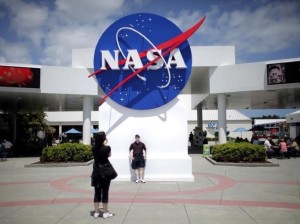Copyright 2023, IT Voice Media Pvt. Ltd.
All Rights Reserved
 Nasa has successfully tested the most complex rocket engine parts ever designed by the agency and printed with additive manufacturing, or 3D-printing, on a test stand at Nasa’s Marshall Space Flight Center in Huntsville, Alabama.
Nasa has successfully tested the most complex rocket engine parts ever designed by the agency and printed with additive manufacturing, or 3D-printing, on a test stand at Nasa’s Marshall Space Flight Center in Huntsville, Alabama.